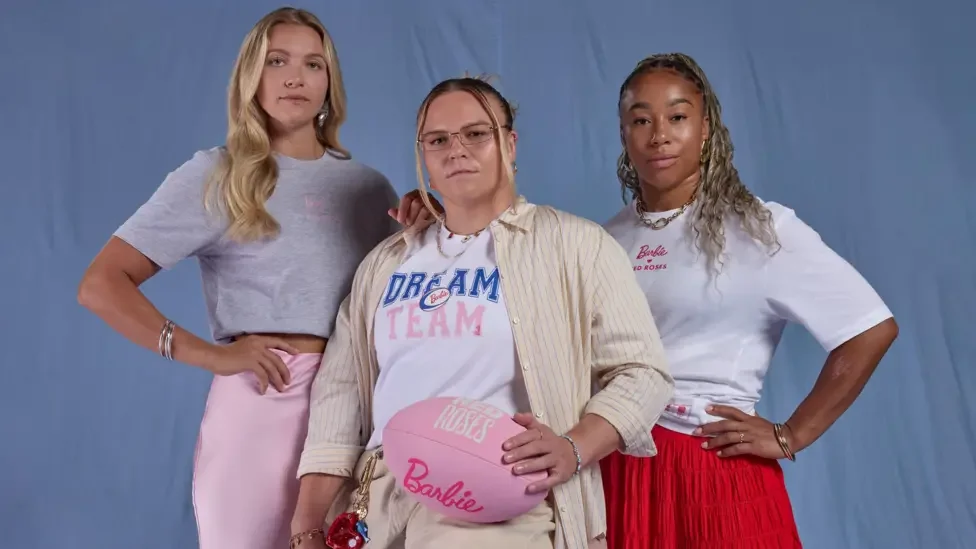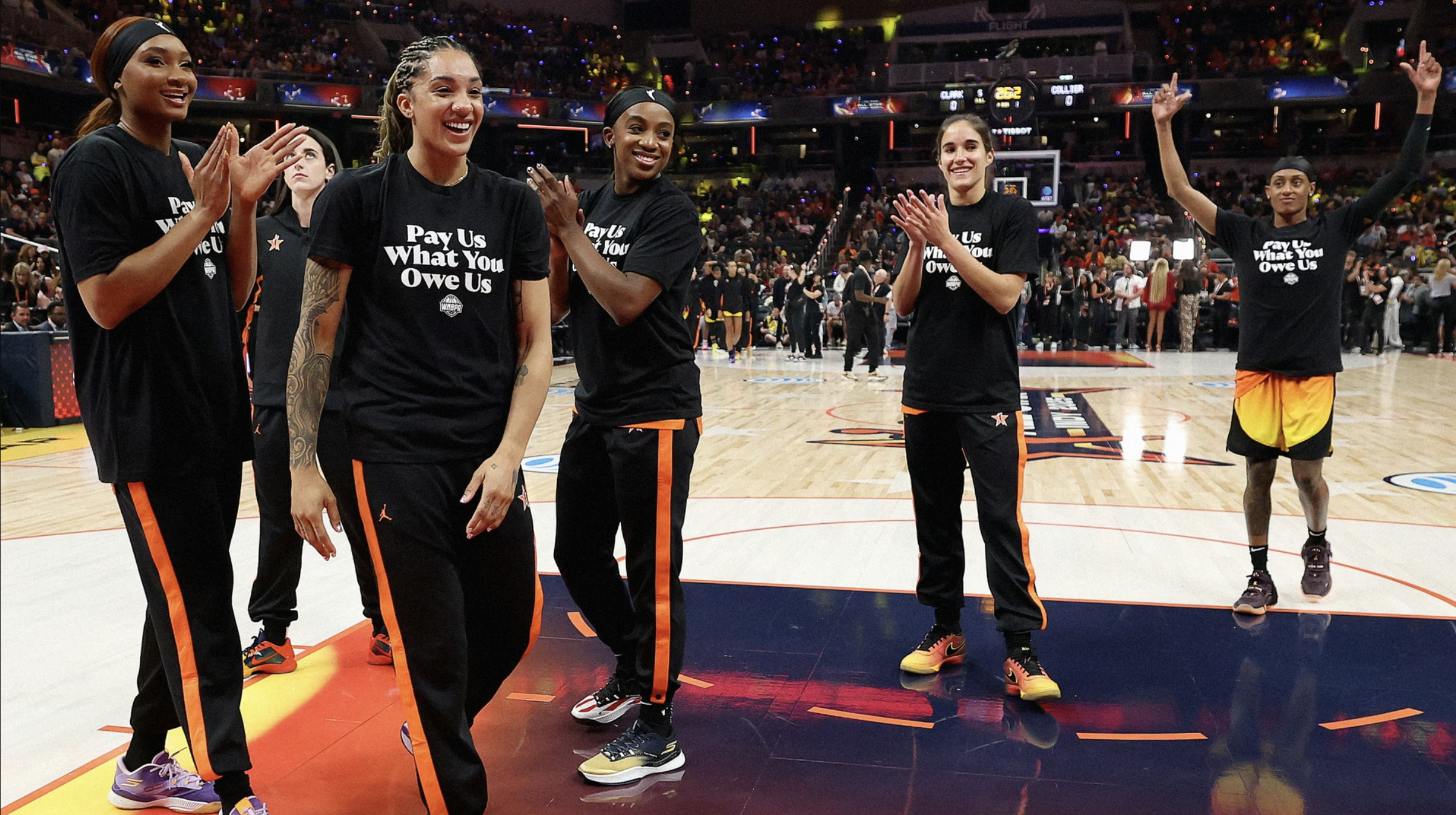In an era where kids are more likely to FaceTime than phone a friend, a Seattle startup is betting big on retro simplicity. Tin Can, a Wi-Fi-connected landline designed specifically for children, strips back the noise of digital childhood - no screens, no TikTok, no texts. Just voice, like the old days. And parents are here for it.
📊 Supporting Stats
The average age for a child’s first smartphone is now just 9 years old (Common Sense Media, 2023).
68% of parents worry about the effects of screen time on their children (Pew Research, 2024).
Retro-tech is back: vinyl sales rose 11% in 2023 (RIAA), showing nostalgia can fuel serious commercial growth.
🧠 Decision: Could It Work?
Yes - Tin Can has nailed the cultural pulse. Where most “kids’ tech” feels like training wheels for the smartphone, Tin Can flips the logic: it’s not about introducing screens gradually, but about protecting real connection. By packaging safety, nostalgia, and simplicity in one device, Tin Can makes itself not just a gadget, but a parenting philosophy. The fact it’s already backordered until December proves the demand.
📌 Key Takeouts
What happened: Tin Can launched a Wi-Fi-connected, screen-free landline for kids.
What worked: Nostalgia-driven branding and parental peace of mind, wrapped in a product kids actually want to use.
What didn’t: Limited rollout - with backorders stacking up, there’s risk of losing momentum if demand outpaces supply.
Signals: Parents are ready to reframe “connection” away from screens. Tech for kids is moving toward safety-first, not “mini-iPhones.”
For marketers: Designing tech that removes features can sometimes be more powerful than adding them.
🔮 What We Can Expect Next
Tin Can could spark a new wave of “anti-smart” tech for kids, from stripped-back wearables to non-digital play experiences. If the Party Line Plan succeeds, expect competitors (and maybe even telcos) to spin up their own kid-safe phone alternatives. The cultural mood is shifting: connection is still king, but how we deliver it - especially for kids - is up for reinvention.
























